From the dramatic strokes of Picasso to the haunting simplicity of Munch, black and white paintings have captivated audiences for centuries.
These artworks strip away color, revealing the raw essence of their subjects and emphasizing the stark contrasts that define human experience.
The interplay between light and dark often symbolizes deeper themes, such as purity versus evil, hope versus despair.
Throughout history, artists have harnessed the power of monochrome to convey complex emotions and ideas.
The absence of color invites viewers to engage with the artwork on a more profound level, allowing them to explore the intricate nuances of form and shadow.
1. Guernica– Pablo Picasso
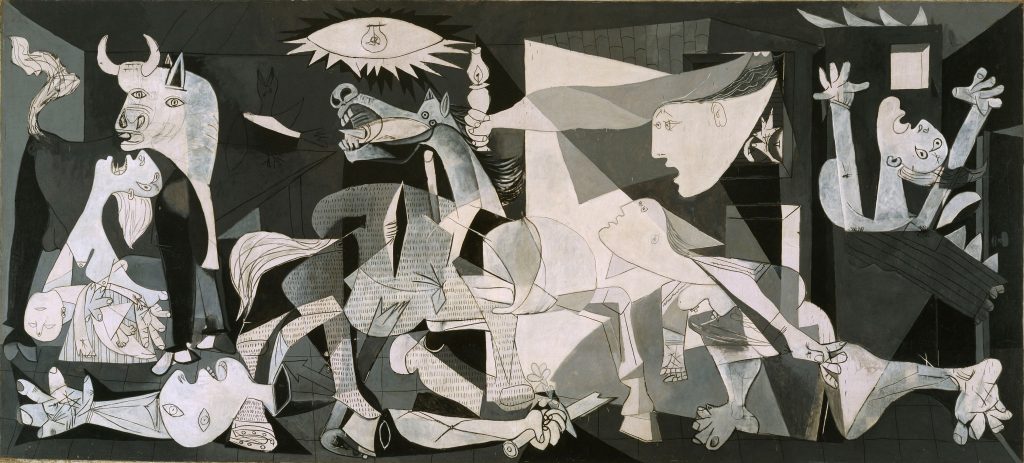
Guernica, created by Pablo Picasso in 1937, stands as one of the most powerful political statements in art history. This mural-sized painting responds to the Nazi bombing of the Basque town of Guernica during the Spanish Civil War.
With its stark black, white, and ash-gray tones, Guernica portrays the horror and destruction of war, capturing the trauma imposed on innocent civilians.
Through its monochrome palette, Picasso emphasizes despair and chaos, solidifying Guernica’s status as an iconic symbol of anti-fascism and universal lamentation for lost lives.
2. Morning Glory with Black – Georgia O’Keeffe
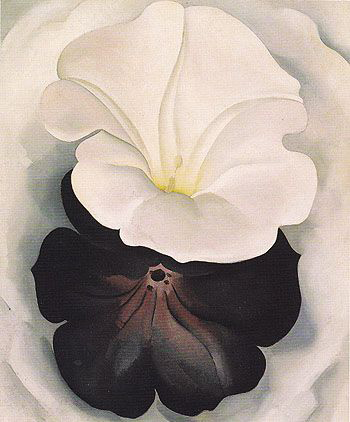
Georgia O’Keeffe’s “Morning Glory with Black,” painted in 1926, captures the delicate beauty of the morning glory flower.
The artwork features an intense close-up view, showcasing soft hues and intricate details that evoke both elegance and fragility.
O’Keeffe’s mastery of color is evident, as she explores themes of life and impermanence through the flower’s brief bloom.
This piece exemplifies O’Keeffe’s unique ability to blend natural imagery with emotional depth, solidifying her place in the canon of iconic black and white paintings.
3. Untitled (Black on Gray) 1969 – Mark Rothko
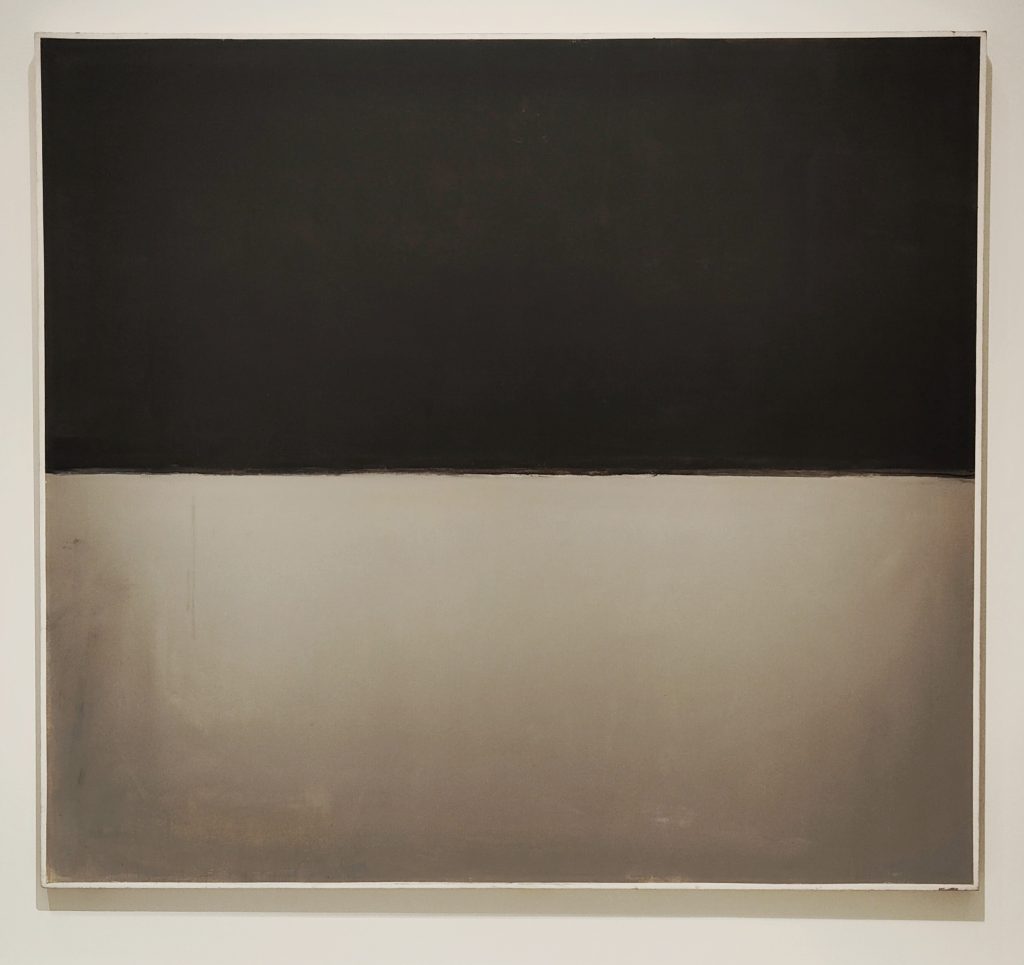
Mark Rothko’s “Untitled (Black on Gray)” features a striking composition that uses contrasting shades of black and gray to create depth.
This painting, measuring 203.3 cm x 175.5 cm, is renowned for its emotional intensity and simplicity. Rothko skillfully layers varying tones of black, evoking a sense of luminosity that draws viewers in.
The subtle gradient between gray and black invites contemplation, reflecting themes of tragedy and the human condition, making this work one of his most significant contributions to abstract expressionism.
4. Chief – Franz Kline
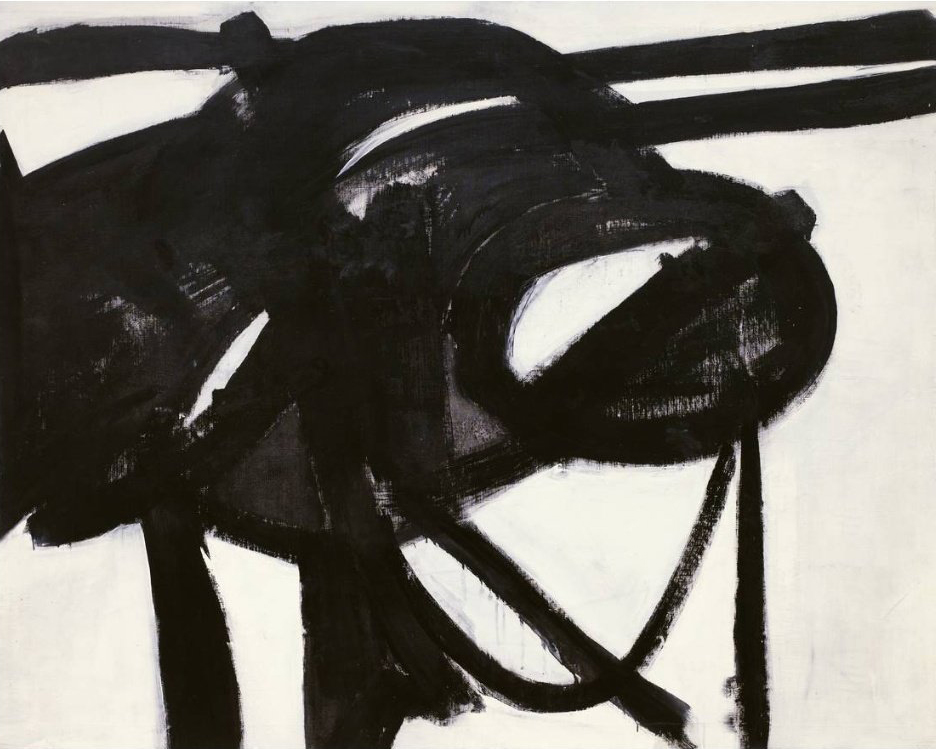
Franz Kline’s “Chief,” painted in 1950, exemplifies the dramatic use of black and white in abstract art. Kline employs thick black strokes that collide against a stark white background, creating an energetic composition.
Kline’s technique involved using broad house painter brushes to generate bold, aggressive shapes that invite multiple interpretations, from bridges to pure movement.
This iconic piece reflects Kline’s ability to convey feeling through form, embodying the tension of monochrome abstraction while inviting visceral responses from viewers.
5. Cart with Black Ox – Van Gogh
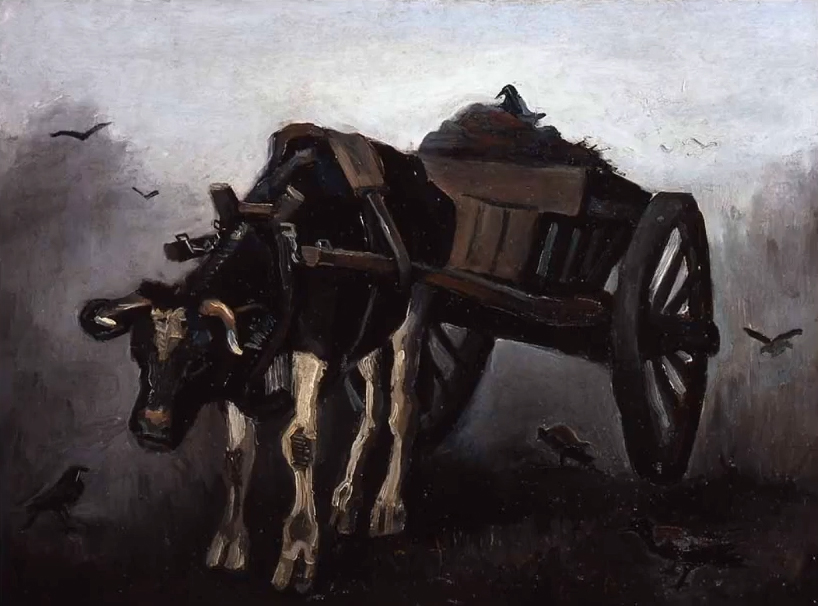
Vincent Van Gogh’s “Cart with Black Ox,” painted in 1884, captures a lone ox saddled with a cart in bleak, unfertile land.
The painting’s stark black colors contrast sharply with the white legs of the ox, creating a somber mood reflective of hard physical labor during that time.
This artwork embodies the struggles of both humans and animals, showcasing Van Gogh’s profound ability to convey emotion through monochrome shades, ultimately making it a notable piece in his artistic repertoire.
6. Black Square – Kazimir Malevich
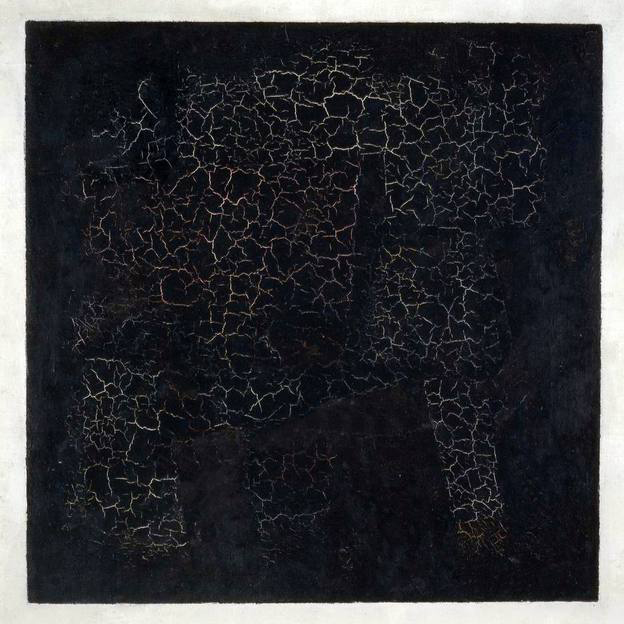
Kazimir Malevich’s “Black Square,” created in 1915, redefined artistic expression by showcasing a large black square on a white canvas.
He intended this work as a statement of Suprematism, emphasizing the importance of color and form over representation. Malevich’s stark composition challenges viewers’ perceptions, fostering a dialogue about abstraction.
The visible brushstrokes and cracks in the paint further enhance its allure, making “Black Square” a landmark piece symbolizing a radical departure from traditional art forms and a pivotal moment in modernism.
7. The Charnel House– Pablo Picasso
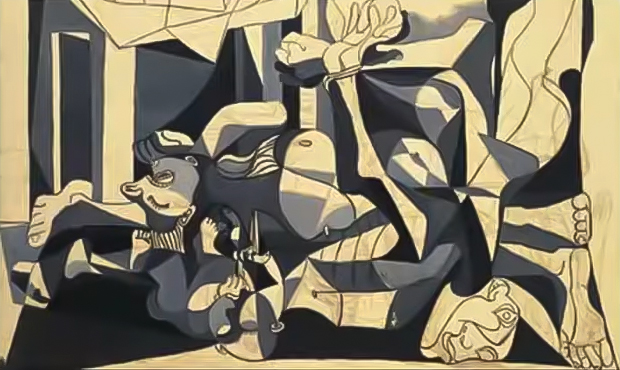
Pablo Picasso’s “The Charnel House,” painted in 1944-1945, stands as a poignant critique of the brutality inflicted during World War II.
It depicts a chaotic scene of death and despair, with distorted figures vividly illustrating the horrors of war. Picasso’s monochromatic palette amplifies the emotional weight, presenting a family tragedy amidst the atrocities wrought by conflict.
This work confronts the viewer with its raw, haunting imagery, making it a powerful reminder of human suffering and the impact of political injustices.
8. Movement in Squares – Bridget Riley
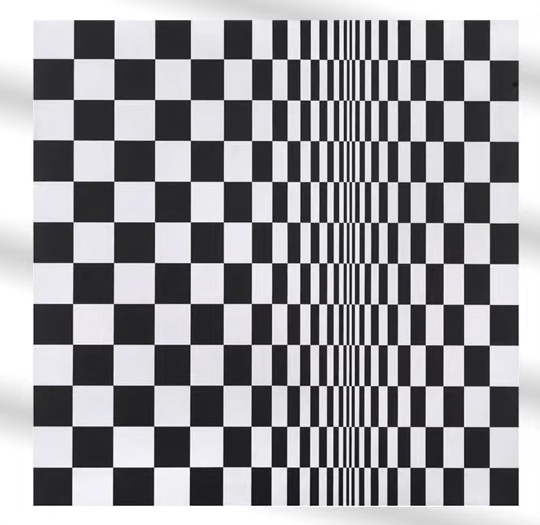
Bridget Riley’s “Movement in Squares,” created in 1961, exemplifies the Optical Art movement by playing with perception.
This black and white masterpiece features alternating squares, where the consistent height contrasts with diminishing widths that create the illusion of motion.
By skillfully manipulating the arrangement, Riley challenges viewers to engage with their perceptions, evoking a dynamic experience.
The artwork embodies abstraction’s ability to capture movement and creates a brilliant visual statement, solidifying its place in the canon of iconic monochrome paintings.
9. Zebra – Victor Vasarely
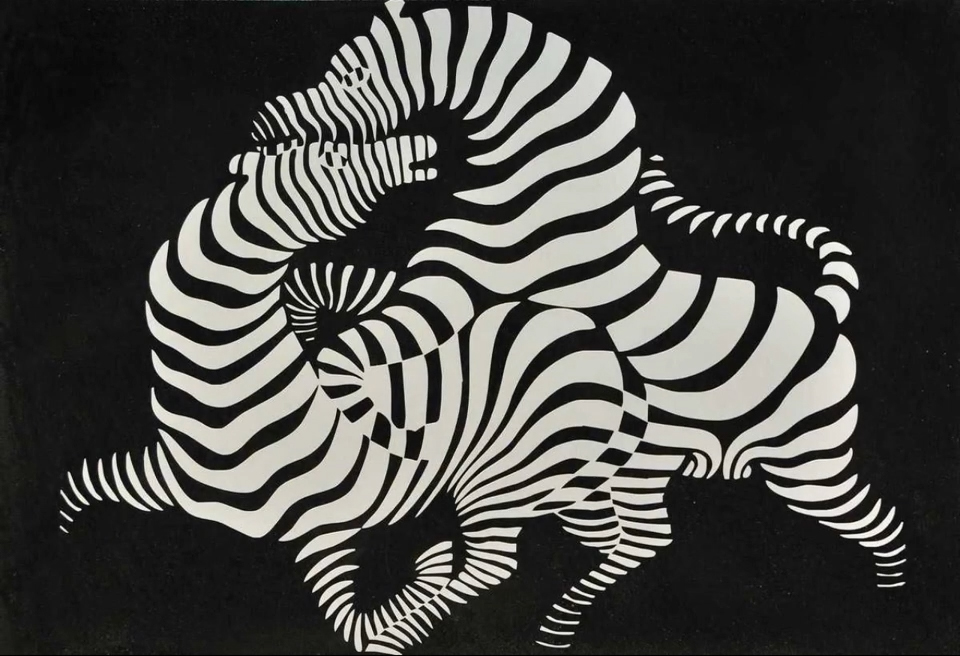
Zebra, painted in 1937, stands as Victor Vasarely’s most notable work within the black and white abstract genre. It depicts two zebras intertwined, compelling viewers to explore its complex optical illusion.
Vasarely’s innovative use of overlapping white stripes against a deep black background creates a sense of movement and depth.
This piece showcases the early foundations of the Optical Art movement, emphasizing perception over emotional narrative.
The hypnotic quality of Zebra transforms the zebras into dynamic forms, captivating audiences and inviting interpretation.
10. Horse Skull With White Rose 1931 – Georgia O’Keeffe
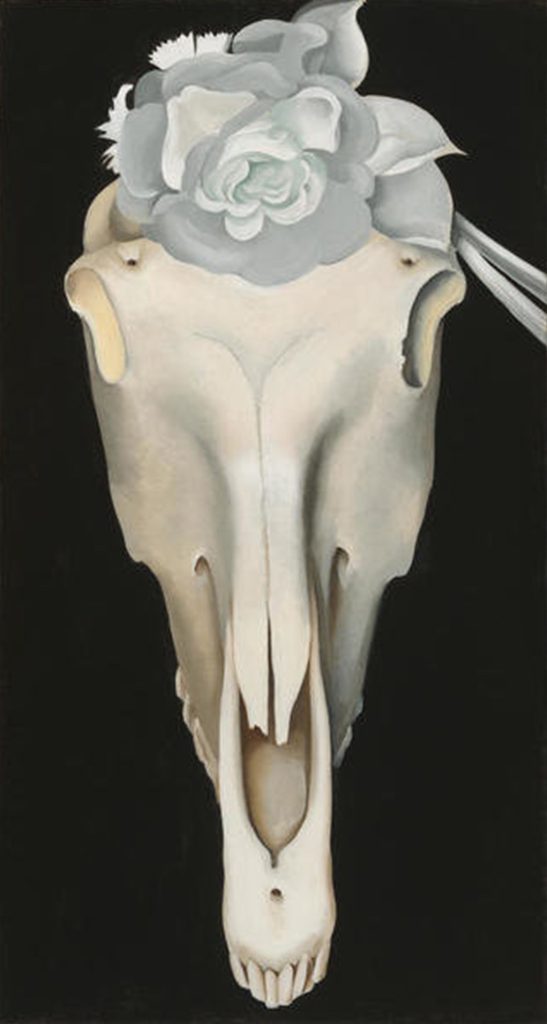
Georgia O’Keeffe’s Horse Skull With White Rose, painted in 1931, captures a striking juxtaposition between the starkness of death and the vibrancy of life.
O’Keeffe’s use of a monochromatic palette emphasizes the detailed texture of the skull alongside the delicate petals of the rose.
This artwork reflects her deep connection to the New Mexico landscape, showcasing her fascination with its natural elements.
The contrast of the white rose and the horse skull symbolizes the fragility of life, marking O’Keeffe’s significant impact on American modernism.






